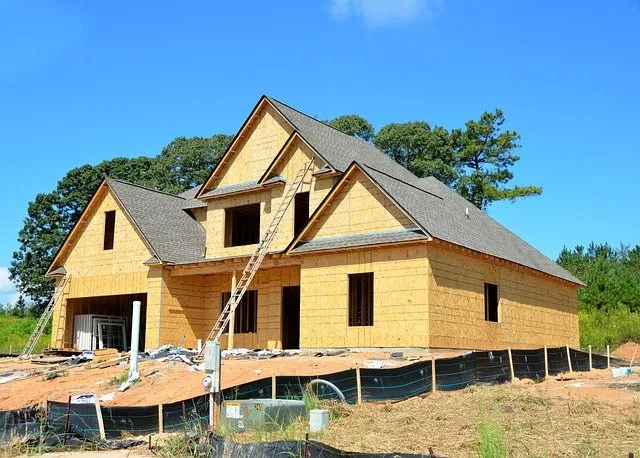Neighborhoods and areas have a life cycle. Some communities are redeveloped with city subsidies and attract young families, while others are aging with their residents. How can we tell which neighborhoods are suitable to build and live in?
1) Well-Maintained Houses and Gardens
As a matter of course, an excellent neighborhood to live in usually has well-maintained houses and gardens. People love living there and take pride in and care for their homes. If the paint on the facade is peeling, the shutters are closed all day, and the yard is overgrown, these are usually symptoms that the area is in decline.
2) Cars in the Driveway
There is no denying that, for many, the car is a status symbol. That doesn’t necessarily mean you need to look for a street where only luxury SUVs are parked, but we’re sure you can tell the difference between a well-maintained car parked neatly in the driveway and a rusty, abandoned car casually scattered on the sidewalk or leftover bike path.
3) Friendliness
In a livable neighborhood or street, people come out and talk to each other. There are playgrounds in the summer, or children from different families playing together in yards or small parks. It is a sign that people feel safe and want to have a nice neighborhood together. For this reason, it is important to visit your favorite neighborhoods at different times.
It may be a stretch to ring the doorbell and ask about the well-being of the residents, but you could, for example, buy something at the local butcher shop when it is crowded and see if they call out to each other.
4) Lifestyle Match
Consider your current situation and compare it with the future situation in your environment. Does it correspond to reality? If so, good for you. Your ideal home should match your current lifestyle. Remember that home buyers tend to gravitate towards neighborhoods with similar demographics. For example, a gated community may seem attractive but unsuitable for a young single professional. Similarly, a family with four children is unlikely to appreciate a cramped space like an apartment in the middle of a busy city.
5) Low Crime Rates
Your safety and well-being must be your top priority. To achieve this, you must first and foremost choose a safe neighborhood. Areas with low crime rates are quiet, peaceful, and safe to sleep in. As safety and security are crucial concerns, crime rates are a good indicator of whether an area is improving. Declining or improving crime rates can identify areas that are changing or improving.

6) Access to healthcare
Ensuring immediate access to hosptals and clinics is essential for all residents. However, it is even more important for retirees, seniors, and families with young children looking for the best place to retire. Living near a hospital provides peace of mind because if something happens, you and your family can quickly get to the nearest nursing home without getting stuck in traffic.
7) Pedestrian Accessibility
Access to public transportation is excellent in any neighborhood, but being able to leave your car keys at home and get around on foot is even better. If you have everything at your fingertips – restaurants, markets, schools, and even workplaces – you’re sure to save a lot of money on gas. You’ll also avoid traffic accidents because you don’t have to face the road and drive in traffic. In fact, living in a walkable neighborhood is what makes it a truly great place to live.
Do you have any other tips? Share it with us in the comments below!



